Ardusi benefits, dosage, side effects, and how to use it?
What is Ardusi? Explore the holistic virtues of Ardusi in this comprehensive article, delving into its benefits, optimal dosage, potential side …
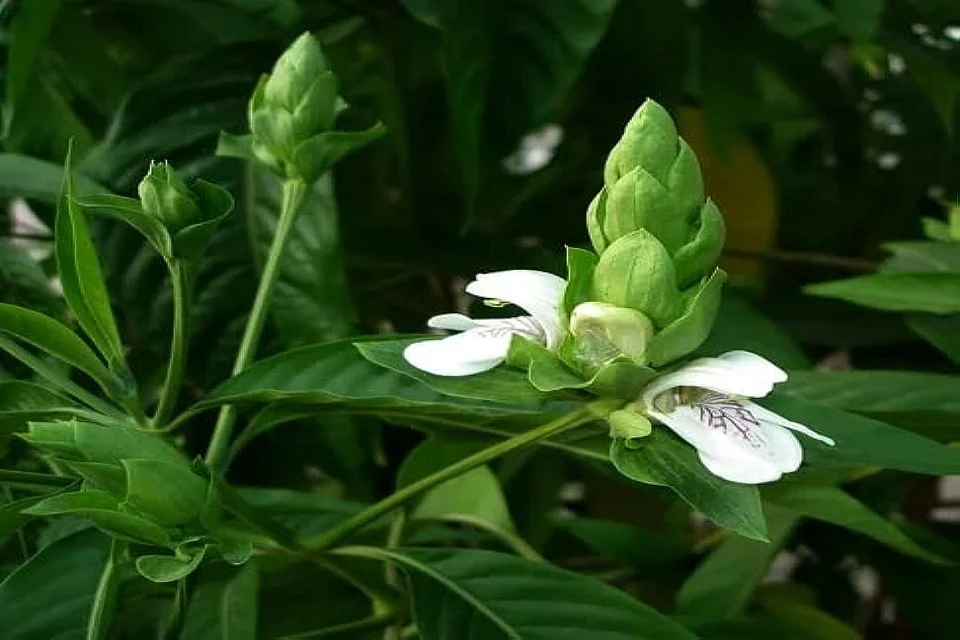
What is Ardusi?
Explore the holistic virtues of Ardusi in this comprehensive article, delving into its benefits, optimal dosage, potential side effects, and proper usage. Ardusi, scientifically known as Adhatoda vasica, and in Ayurveda, it is known asVasa, It has long been a staple in Ayurveda, celebrated for its diverse medicinal properties. Uncover the herb’s therapeutic potential, understand the recommended dosage for various health concerns, and gain insights into potential side effects. This article will guide you on harnessing Ardusi’s power effectively, merging ancient wisdom with contemporary knowledge. Whether you seek remedies for respiratory issues or overall well-being, unlock the secrets of Ardusi for a balanced and informed approach to holistic health.
Ardusi in Ayurveda
Kouśika and Panini’s works delineate Väsa and it is described by other commentators as Vrşaka and Ațarüșa. (Kou. Su. 8/16 & P. Gr. 8/2/9). The synonym Simhī is used in the Vedic period to denote Brhati but not for Văsă. Väsä is a well-known herb for respiratory disorders, bleeding disorders, and febrile illness. Charaka documented the flowers of Väsä as Kapha-pitta hara while Shuśruta mentioned them as Ksaya and Käsa hara. Vagbhața emphasized its role in Raktapitt Sodhala and Yogaratnäkara have emphatically claimed that it is a definite treatment for Raktapitta, Kşaya, and Käsa.
What is Morphology of Adhatoda vasica
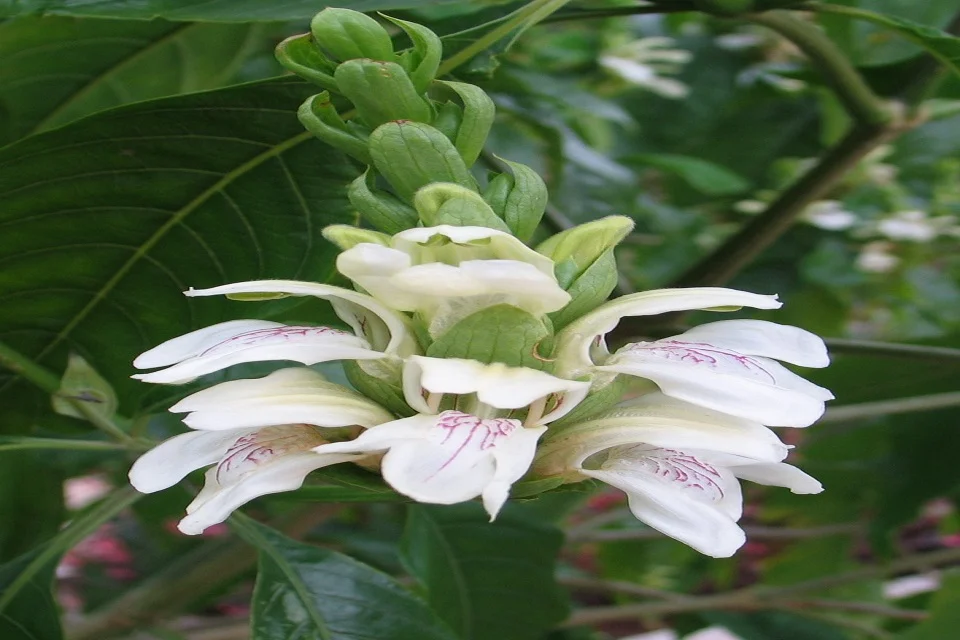
Latin name– Adhatoda vasica Nees or Justicia adhatoda(Fam. Acanthaceae)
Scel Adhatoda vasica, A dense shrub, it features elliptic or elliptic-lanceolate, acuminate leaves. The flowers form in dense spikes, presenting a white coloration, with ovate or obovate bracts and a calyx deeply divided into five lobes. The stamens are glabrous, and the fruits take the form of four-seeded capsules, each seed being glabrous. This shrub undergoes flowering and fruiting from February to May. Widely distributed, it can be found throughout India, showcasing its botanical elegance and adaptability across diverse regions of the country. Nature enthusiasts and botanists appreciate this shrub for its unique characteristics and its presence in the rich flora of India.
Type of Ardusi
There are no varieties mentioned in the classical literature
Synonyms of Ardusi
Vasa, Vrsha, Sihasya, Vajidanta, Atrushk,Vasaka, Bhīsagātmā
Classical Categorization of Vasa in Samhita
- Charak:Tikta skandha
- Vaghbhatta:Durvadigana
Other/Regional Language Names
- English: Vasaka
- Gujarati: Aduso, Ardusi, Adulso
- Hindi: Aduss, Arusa
- Kannada: Adsale, Adusoge, Atarusha, Adsole, Adasale
- Kashmiri: Vasa
- Malayalam: Attalatakam, Atalotakam
- Marathi: Vasa, Adulsa
- Oriya: Basanga
- Punjabi: Bhekar, Vansa, Arusa
- Tamil: Vasambu, Adathodai
- Telugu: Addasaramu
- Urdu: Adusa, Basa
- Assamese: Titabahak, Bahak, Vachaka
- Bengali: Baksa, Vasaka
Constituents of Adhatoda vasica
Vasicine (peganine), vasicinine, ẞ-sitosterol, Kaempferol, 3- sophoroside, luteolin, tritriacontane, adhatodic acid, Carotene, vasakin, vasicinol 1 q-hydroxyvasirine, vasicinone, vit-C, vasicol, vasicinol, vasicinolone, adhatodine, adhavasinone, anisotine, vasicolone, vasicolinone etc.
Rasa Panchak of Ardusi
- Rasa:Tikta, Kashaya
- Guna:Laghu
- Virya:Shita
- Vipaka:Katu
- Karma: Kaphapitahara, Raktasamgrahika, Kasaghna, Hrdya, Pittahara, Hrdya
References of Ardusi in Ayurvedic texts
वासको वातकृत्स्वर्यः कफपितास्रनाशनः ।
तिक्तस्तुवरको हृद्येो लघुः शीतस्तृड्र्तिहृत् ॥
श्वासकासज्वर छर्दिमेहकुष्ठक्षयापहः ।
(भा० प्र०, गुडूच्यादि वर्ग; 89-90)
What are Benefits of Ardusi?
- Vasa in Tamak Svasa
- Kasa
- Kshaya
- Svasa
- Prameha
- Raktapitta
- Kamala
- Kushtha
- Pandu
- Chardi
What is use of Vasa in texts?
- Rasayana- Oil prepared with root decoction of Vasă will be useful (S.S.Ci. 28).
- Raktapitta- Powder of Väsa flowers (shade dried) should be given with honey (S.B.M.).
- Sthoulya- Väsä leaf juice is mixed either with Sankha cürna or leaf juice of Bilva will be useful (B.P. & V.M.)
How much is the Dose of Ardusi as described in ancient texts?
10-20 ml of the juice of fresh leaves
10-20 g of the dried drug for decoction
What are the Useful Part of Ardusi?
Patra, Mula, Pushpa
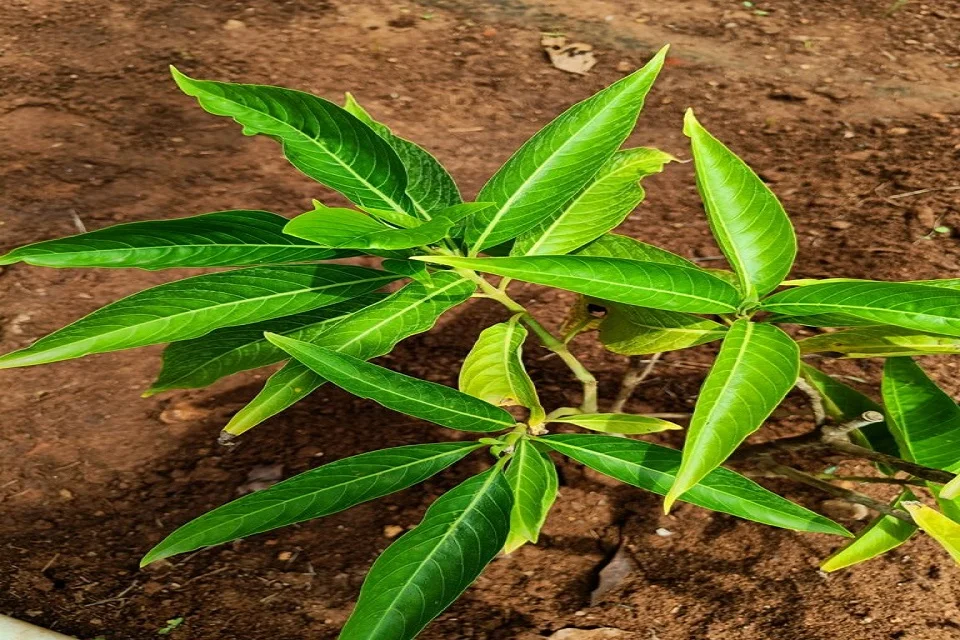
What are the side effects of Ardusi?
- Vomiting
- Irritation
- Abdominal discomfort
- Side effects are of taking the drug in high doses, under the guidance of qualified vaidya, or in appropriate doses it is safe to consume.
List of formulations of Ardusi
- Vasarishtha
- Väskantakäri lehya
- Väsävalehya
- Vāsāghrta
- Vāsāmulādi taila
Research of Ardusi
- Vasa in different doses
- Relaxation-producing activity of dl-vasicinone on isolated guinea pig tracheal muscle was about 1/2000 that of adrenaline (Nature 1962, 196, 1217).
- Uterotonic activity of vasicine in different species of animals in vivo was similar to that of oxytocin and methylergometrine. The effect was influenced by the degree of prining of the uterus by estrogens and was markedly decreased after pretreatment of the uterus with aspirin and indomethacin (IJMR, 1977, 66, 865).
- Vasicine showed bronchodilatory activity both in vitro and in vivo comparable with that of theophyllin. Vasicinone showed bronchodilatation in vitro. Both in combination had more bronchodilatory activity in vitro and in vivo. Vasicine also exhibited respiratory and uterine stimulant activity and moderate hypotensive activity (IJMR, 1977, 66, 680).
- Vasicine showed an abortifacient effect in guinea pigs depending on the stage of pregnancy and prior priming of animals with estradiol (Ind. J. Exp. Biol. 1978, 16, 1075).
- Intra-amniotic injection of vasicine HCl was effective in inducing mild-trimester abortions at the dose of 60 mg (J. obstet. Gynaecol. India 1979, 29, 939).
- Bronchodilatory activity of vasicinone was compared to that of isoprenaline and aminophylline (Drug Dev. Ind. Pharm. 1982, 8, 833).
- Vasicine produced marked potentiation of contractile response of isolated uterus to oxytocin. It potentiated oxytocin response in isolated mammary strips of rats (Gautam & Sharma, 1982).
- Vasicine also potentiated prostaglandin-induced uterine contractions in rats (Lal & Sharma, 1981).
- Vasicine’s combination with oxytocin may help to decrease the dose of oxytocin for induction of labor or abortion (Zutshi et al., 1980).
- The hemostatic activity of A. vasica is reported (Atal et al., 1982).
Conclusion
In conclusion, Ardusi emerges as a potent ally in holistic well-being, seamlessly blending Ayurvedic tradition with contemporary insights. This article has unraveled the manifold benefits of Adhatoda vasica, shedding light on optimal dosages and potential side effects. As we navigate the realms of herbal medicine, the versatile nature of Ardusi stands out, offering a natural remedy for various health concerns. Whether addressing respiratory issues or promoting overall vitality, harnessing the power of Ardusi requires an informed and balanced approach. By embracing the synergy of ancient wisdom and modern understanding, one can embark on a journey towards enhanced health and vitality through the time-tested efficacy of Ardusi.
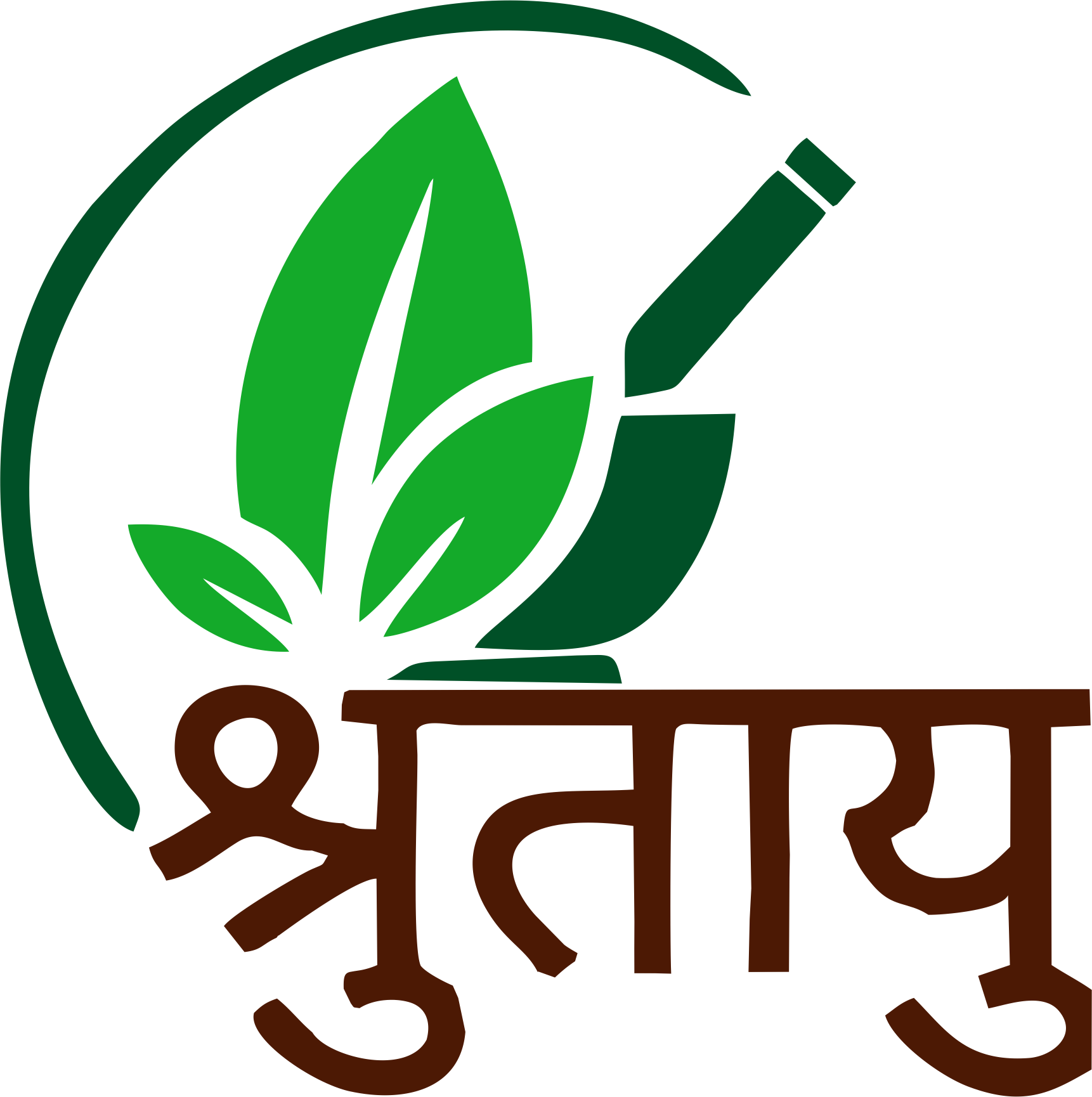
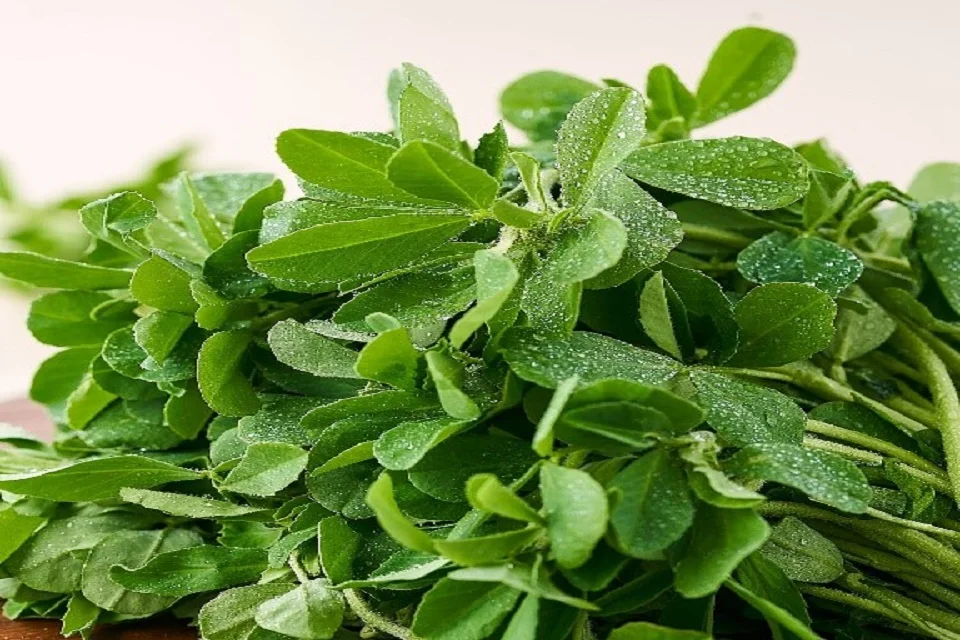




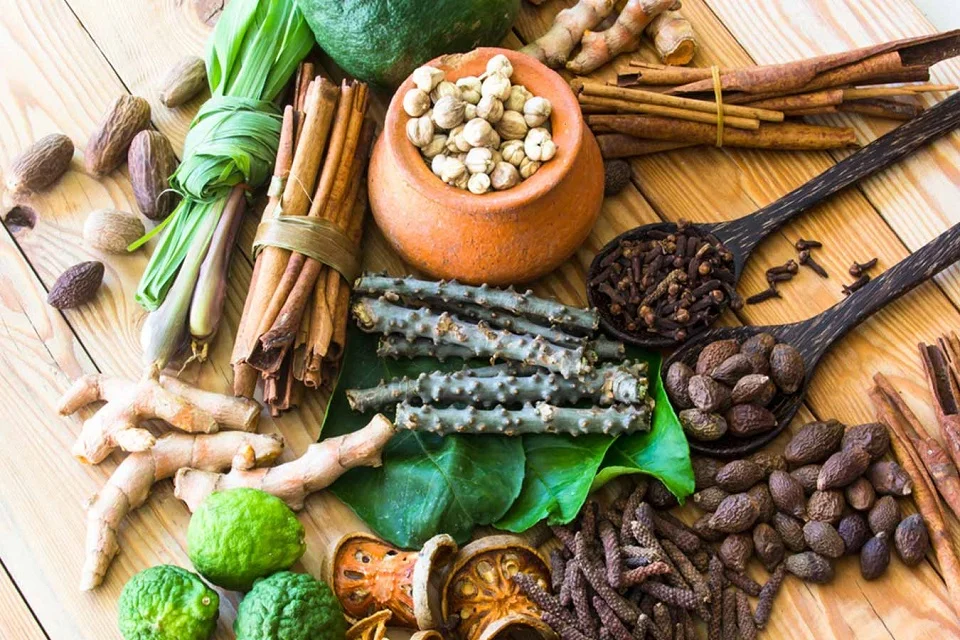

Got Something To Say